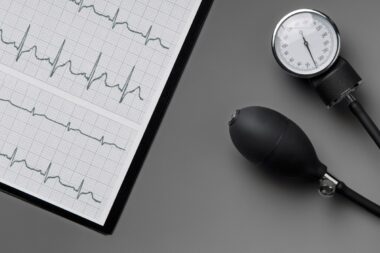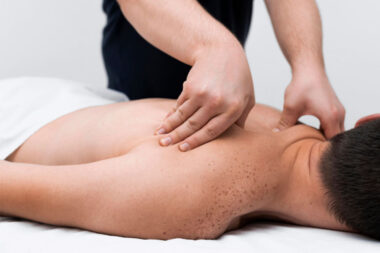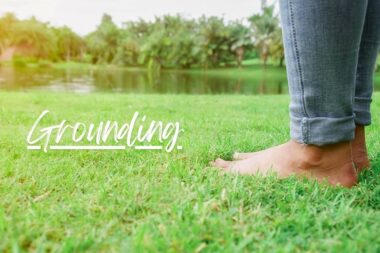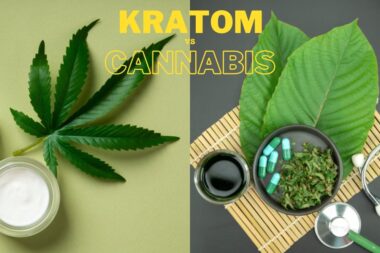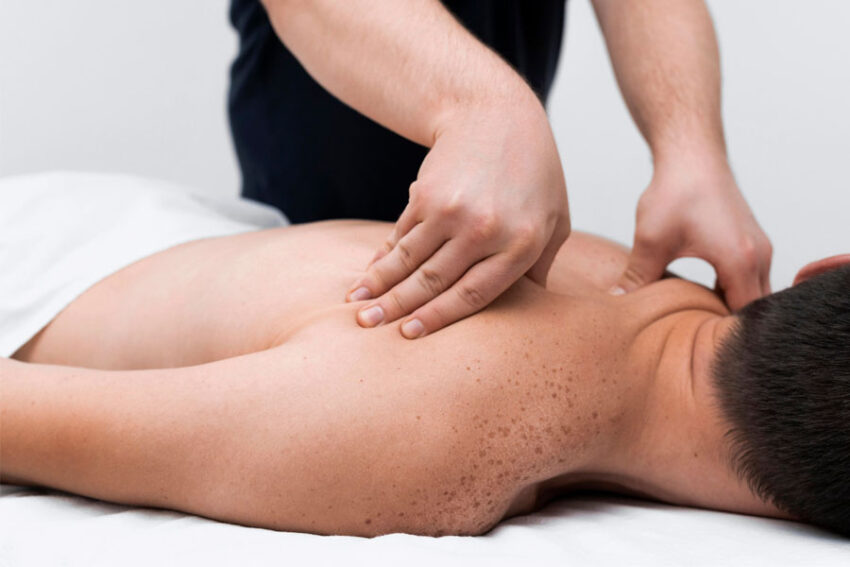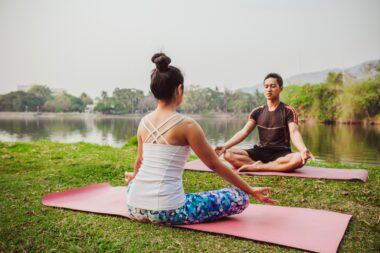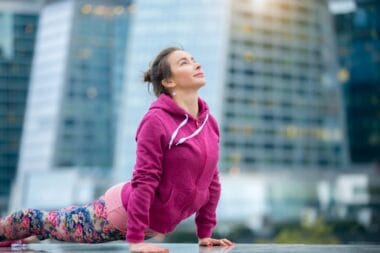In the domain of health and fitness, ‘muscle recovery’ is a phrase that’s often mentioned. It’s a critical element of any exercise routine, but it’s frequently underappreciated or misunderstood.
Whether you’re an accomplished athlete, a weekend enthusiast, or a beginner in fitness, grasping and applying effective muscle recovery strategies is essential for preserving health and optimizing your workout achievements.
There are a variety of strategies to boost your recovery rate, enabling you to bounce back more quickly, stronger, and with greater flexibility. These strategies encompass appropriate nutrition, sufficient hydration, adequate sleep, and regular stretching to name a few.
Each of these components plays a key role in facilitating muscle recovery and preparing for the subsequent workout.
However, in this article, we’re going to concentrate on one strategy that’s been gaining recognition for its effectiveness – massage therapy. Far from being just a luxury spa indulgence, massage has been scientifically proven to offer numerous benefits for muscle recovery.
It’s a natural, non-invasive technique that not only fosters relaxation but also accelerates your body’s healing process, helping you return to your workouts faster and stronger.
Let’s delve into the intriguing world of muscle recovery, with a particular focus on the role of massage therapy. We’ll explore how it functions, the different techniques utilized, and the array of benefits it provides for muscle recovery.
Whether you’re aiming to enhance your performance, speed up recovery, or simply alleviate post-workout discomfort, this article will offer valuable insights into the power of touch in muscle recovery.
Understanding Muscle Recovery
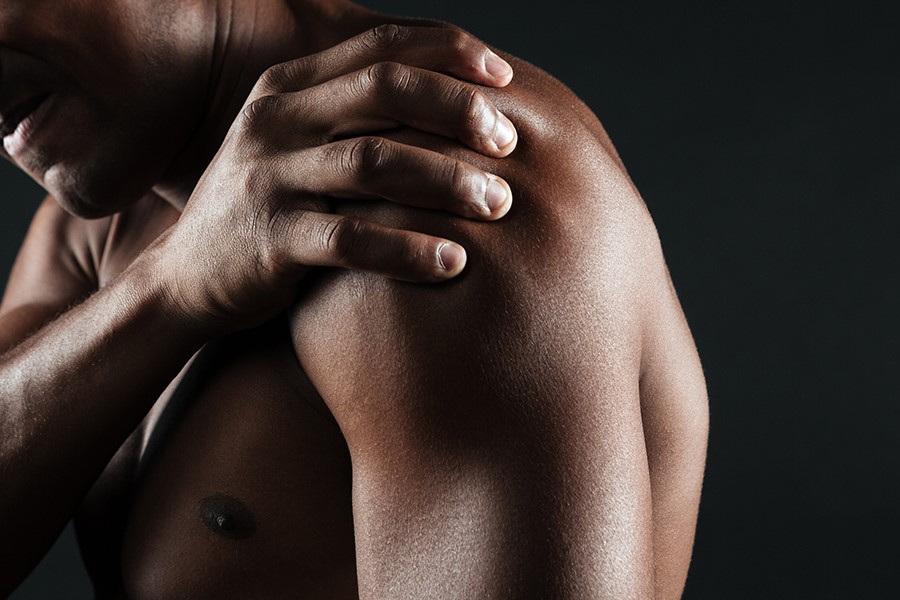
Muscle recovery is a crucial aspect of any fitness routine, yet it’s often misinterpreted or neglected. To fully appreciate the benefits of massage therapy for muscle recovery, it’s important to first understand what muscle recovery involves and why it’s so critical.
When we participate in physical activity, particularly strenuous exercises like weight lifting or high-intensity interval training, our muscles sustain microscopic damage. While this might sound concerning, it’s a completely normal process. In fact, it’s this very process that enables our muscles to grow and strengthen.
When we rest post-exercise, our bodies initiate the repair of these tiny tears in the muscle fibers, a process that not only heals the damage but also adapts the muscles to better withstand the strain that caused it. This is how we build muscle and increase strength.
However, this repair process isn’t immediate. It requires time and resources, including adequate hydration, nutrition, and rest. During this recovery period, you might experience muscle soreness, fatigue, and reduced performance, commonly known as Delayed Onset Muscle Soreness (DOMS). This is where massage can play a pivotal role.
In the subsequent sections, we’ll delve deeper into how massage aids muscle recovery, and the different types of massage techniques beneficial for muscle recovery.
The Role of Massage in Muscle Recovery
Massage therapy has been utilized for centuries to promote relaxation and well-being. In the context of muscle recovery, it serves a more specific purpose: to aid the body’s natural recovery process after strenuous physical activity.
But how exactly does massage assist in muscle recovery? Read below.
1. Enhancing Blood Flow
One of the primary ways massage aids in muscle recovery is by enhancing blood flow. When a massage therapist applies pressure to your muscles, it causes the blood vessels to dilate, increasing the volume of blood that can flow through them.
This increased blood flow delivers more oxygen and nutrients to the muscle tissues, which are essential for repair and growth.
Additionally, improved blood flow helps to flush out waste products, such as lactic acid, that accumulate in the muscles during exercise and contribute to muscle soreness.
2. Reducing Muscle Tension
Massage therapy can also help to reduce muscle tension. During a massage, the therapist uses various techniques to manipulate the muscle tissues, helping to relax tight muscles and break up knots.
This not only helps to relieve muscle soreness but also improves flexibility and range of motion.
3. Maintaining Flexibility
Massage therapy can also contribute significantly to maintaining flexibility. The manipulation of muscle tissues during a massage can help stretch the muscles and improve their range of motion.
This is particularly beneficial for athletes or individuals who engage in physical activities that require a high degree of flexibility. By helping to stretch the muscles and break up knots, massage can help maintain and even improve flexibility.
Furthermore, certain types of massage techniques, such as friction and petrissage, have been found to be particularly effective in increasing joint flexibility. This can lead to improved performance in physical activities and a reduced risk of injuries.
4. Promoting Relaxation
Beyond the physical benefits, massage therapy also has psychological benefits. It promotes relaxation and reduces stress, which can have a positive impact on muscle recovery. When you’re relaxed, your body is able to focus more resources on the recovery process.
Types of Massage for Muscle Recovery and Their Benefits
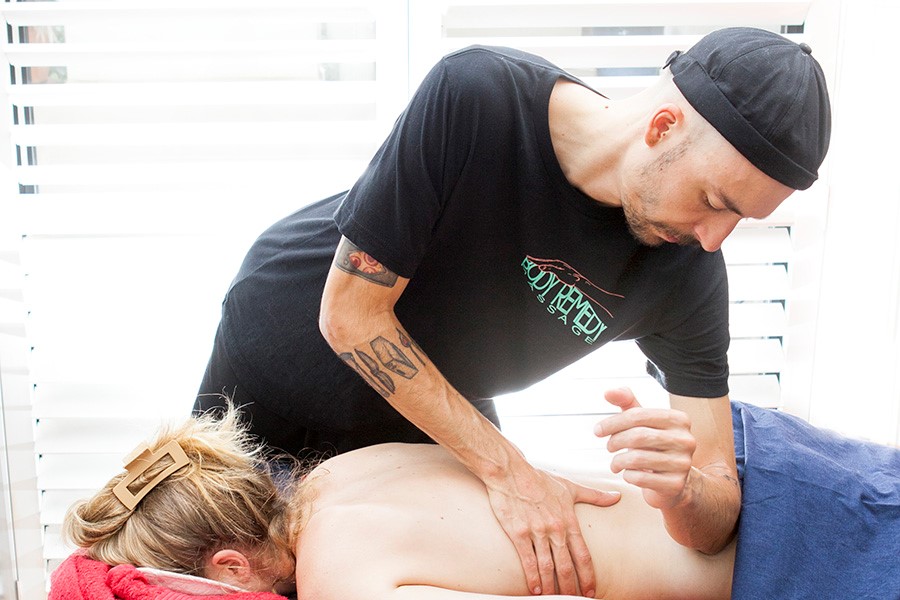
There’s a world of massage techniques out there, each with its own unique approach and benefits. In muscle recovery, certain types of massage can be particularly beneficial. Here, we’ll explore a few of these techniques, what they entail, and how they can aid in your muscle recovery process.
Remedial massage
When it comes to muscle recovery, remedial massage therapy stands out for its comprehensive and scientific approach. Remedial massage is a holistic treatment that involves the use of several different massage techniques to treat a range of physical issues and injuries.
But what sets remedial massage apart is not just the techniques used, but the approach of the therapist.
A trained remedial massage therapist uses a scientific-based approach to treatment. They gather both subjective and objective information from the client, including their medical history, physical condition, lifestyle factors, and specific concerns or goals.
They then use this information to develop a personalized treatment plan that addresses the client’s unique needs and objectives.
The therapist also continually analyses and measures the outcomes of the treatment, adjusting their approach as needed to ensure the most effective results. This dynamic, responsive approach to treatment is a key aspect of remedial massage therapy.
Here are some of the massage techniques that remedial massage therapists may use:
Sports Massage
Designed specifically for athletes, sports massage can be used to prepare for athletic activity, maintain optimal conditions during training, and aid in recovery after workouts.
Techniques are similar to those in Swedish and deep tissue massage, but the therapist may also include stretching and other approaches specifically beneficial to athletes.
Swedish Massage
This is one of the most common types of massage. It involves long, soft, kneading strokes, combined with light, rhythmic, tapping strokes on the topmost layers of muscles.
This is also combined with the movement of the joints. Swedish massage can be both relaxing and energizing, and it may even help after an injury.
Deep Tissue Massage
As the name suggests, deep tissue massage focuses on the deeper layers of muscle tissue. The therapist applies slow, deliberate strokes that focus pressure on layers of muscles, tendons, or other tissues deep under your skin.
This can be particularly helpful for individuals recovering from injuries or chronic muscle tension.
Trigger Point Massage
This type of massage focuses on areas of tight muscle fibers that can form in your muscles after injuries or overuse. The therapist applies focused pressure to these areas, helping to release tension and promote relaxation.
Myofascial Release
This technique involves applying gentle, sustained pressure to the myofascial connective tissue restrictions to eliminate pain and restore motion. This can be particularly beneficial for individuals with chronic pain conditions.
Each of these techniques can be utilized in remedial massage to aid in muscle recovery by enhancing blood flow, reducing muscle tension, and promoting relaxation.
Chinese Massage (Tui Na)
This form of massage is one of the oldest in the world and is a key part of Traditional Chinese Medicine. Tui Na involves stretching, kneading, and pushing the muscles to remove blockages along the meridians of the body and stimulate the flow of Qi (energy) and blood to promote healing.
For muscle recovery, Tui Na can help to relieve muscle tension, improve circulation, and enhance overall well-being.
Lomi Lomi
Originating in Hawaii, Lomi Lomi is more than just a physical massage; it’s a holistic healing technique that aims to treat the mind, body, and soul. The therapist uses long, flowing strokes, often using their forearms and elbows, to release tension, remove toxins, and promote relaxation
For muscle recovery, Lomi Lomi can help relieve stress, improve circulation, and promote a sense of overall well-being.
However, it’s important to remember that massage is not a one-size-fits-all solution. The best approach depends on your individual needs, preferences, and the specific nature of your muscle recovery process.

We’ve explored the importance of muscle recovery and how to improve it with massage therapy. With its ability to enhance blood flow, reduce muscle tension, and promote relaxation, massage therapy can play a significant role in optimal muscle recovery, if you simply incorporate it into your fitness wellbeing.
So, why not give it a try? Whether you opt for a Swedish massage after a long run, a deep tissue sports massage after a heavy lifting session, a relaxing Lomi Lomi massage to wind down after a stressful week, or want to deepen your yoga practice with the help of a remedial massage therapist, your muscles are sure to thank you.
Remember, taking care of your body isn’t just about pushing it to its limits, but also about giving it the rest and care it needs to recover and grow stronger.
Image by Freepik

Barrie is a qualified and experienced remedial massage therapist with a diploma in remedial and sports massage. He has a keen interest in treating athletes and helping them improve their performance through sports massage both on and off the field.


